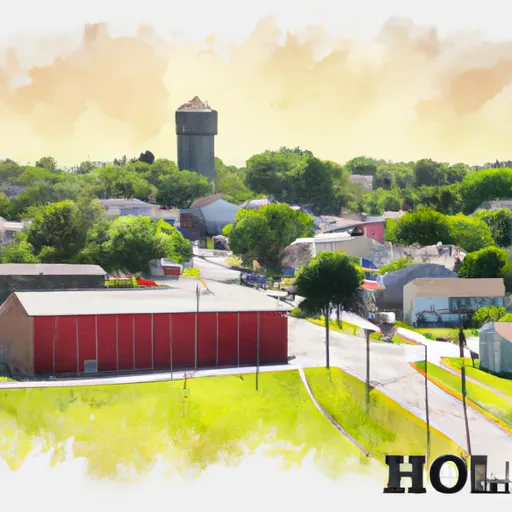°F
°F
mph
Windspeed
%
Humidity











Rose-Hill, Iowa is a small, rural community located in the southern part of the state. The climate in Rose-Hill is classified as humid continental, characterized by hot summers and cold winters. Average temperatures range from the mid-80s Fahrenheit in July to the mid-20s Fahrenheit in January. Precipitation is relatively evenly distributed throughout the year, with an annual average of around 35 inches.
Hydrologically, Rose-Hill lies in the Upper Mississippi River Basin. The area is drained by various streams and small rivers, including the Skunk River, which flows near the town. These water sources provide ample opportunities for fishing, boating, and other water-based activities.
Outdoor recreation enthusiasts will find plenty to do in Rose-Hill and its surrounding areas. The nearby Keokuk County Park offers various amenities, including hiking trails, picnic areas, and a campground. The region also boasts several wildlife management areas, providing opportunities for hunting, birdwatching, and nature observation.
In conclusion, Rose-Hill, Iowa offers a typical Midwest climate, with moderate rainfall and distinct seasonal variations. Its hydrology is defined by the Upper Mississippi River Basin, providing ample outdoor recreation opportunities for nature lovers.
Weather Forecast
Rose-Hill receives approximately 928mm of rain per year, with humidity levels near 83% and air temperatures averaging around 10°C. Rose-Hill has a plant hardyness factor of 5, meaning plants and agriculture in this region thrive during a short period during spring and early summer. Most plants will die off during the colder winter months.
Regional Streamflow Levels
62
Cubic Feet Per Second
45
Cubic Feet Per Second
5
Cubic Feet Per Second
10
Cubic Feet Per Second
Nearby Camping
| Camping Area | Reservations | Toilets | Showers |
|---|---|---|---|
| Ozark Isle - Bull Shoals Lake | |||
| Pontiac | |||
| Point Return City Park | |||
| Cranfield - Norfolk Lake | |||
| Panther Bay - Norfolk Lake | |||
| Bull Shoals State Park |



